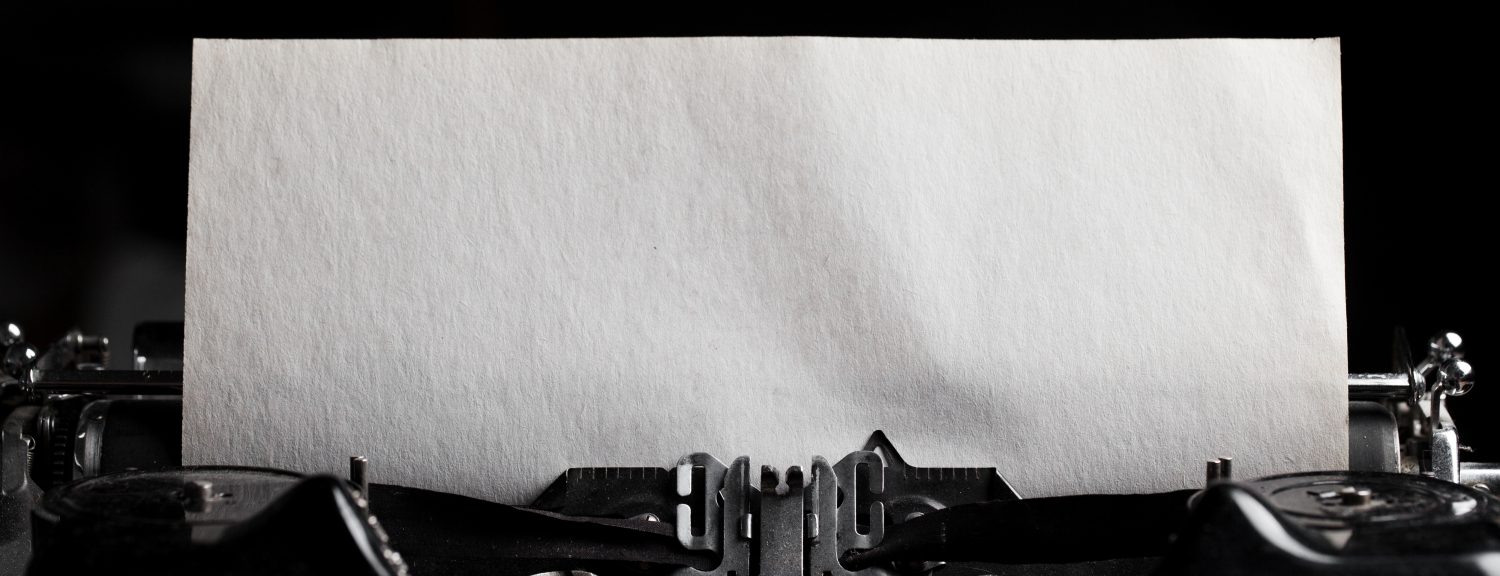The Other Me
‘The Broken Road’
vii.
Through physio and hard work, I rebuilt my right leg so the calf was only a half-inch smaller than the left calf. But the damage meant I was restricted. I couldn’t walk down stairs normally, or stoop on the right leg to grab something out of a drawer, for instance, because I no longer had that flexion in my ankle. Uneven ground was treacherous, because the strength in the right ankle struggled to support me. I could no longer run. Barefoot, I always had a limp. When I wore runners, I could usually walk okay for about thirty minutes or so with discomfort, but then discomfort became pain, and the limp followed.
It got to the point that I had to constantly remind myself, Walk normally. Walk normally. I had to train my brain to assert a normalcy in gait. A limp didn’t have to exist – I was avoiding walking normally because of weird sensation. So it was, Walk normally. Walk normally. Walk normally. And I did that until pain grew intolerable and I had no option but to limp.
When people asked me about it and I told them I could no longer run, they’d ask me, ‘Well, were you really running that much?’ But you do run often throughout the course of a day – maybe not competitively, or athletically, but sometimes life demands it. You run to grab the phone when you hear it ring, or you run catch a train or to get to your car when it’s raining, you run to get across a busy road – now I always had to take these things into consideration. A physio explained that propulsion came from the bottom half of your foot, and the bottom half of my right foot simply was no longer working normally due to the nerve damage and CRPS. The lack of flexibility in the ankle didn’t help either.
Then there was playing with Allie’s kids. I used to drag them out into the yard to play cricket, or kick a football around. Now, when I tried to kick, my ankle felt rigid under me, and the foot and leg unsupportive. I could manage weak kicks, although not always accurate, because I didn’t have the balance, or even the ability to gauge how my leg would support me. When the ball was kicked back to me, if it wasn’t within reach, I didn’t have the ability to move with any spring or fluency to intercept it. I’d just have to hobble after it.
But I kept rehabbing. This was not the way I was going to be. I refused to be. I was always the guy who defied expectation. So I did everything possible: physio, hydro, exercises. I knew I could lapse into self-pity, or even use my injury to curry favour, but as had been the challenge through my life, I wanted to be me. It was as simple as that.
One day, when I was limping to the pool for my exercises, a guy of about sixty – a quadriplegic, flanked by carers in the pool – watched me approach. Once I was in the pool and walking my warm-up laps, he asked me what had happened. I told him. He said, ‘I hope it gets better.’ It was an amazing and humbling attitude. I never used to believe in the axiom, ‘It could be worse’, but now I started to see the truth in that.
During another visit with the surgeon – about eighteen months after the accident – I asked him if I would get back to full functionality.
The surgeon laughed. ‘God, no – there was way too much damage.’
He went on to say it could’ve been so damaged I might’ve needed it amputated, or the nerve damage mightn’t have recovered and the foot might’ve hung useless from my leg, or the pain could’ve been so debilitating and omnipresent that I might’ve begged to have the foot removed.
‘This is a victory for us,’ he told me.
The neurosurgeon was a bit more apologetic. He said he hoped they could’ve brought my recovery further through the use of the nerve blocks and all the various treatments, but this was where recovery had plateaued.
I limped from the hospital, disappointed that this was it, but also relieved – after two years, I was finally out of the hospital system. Everybody involved at the hospital (the Austin) was brilliant – the surgeon, the neurosurgeon, doctors, the nurses, the physios, the anaesthesiologists, and anybody I may have missed. They made a horrible experience bearable. But now I was free, which at least gave me some sense of normalcy – at least behaviourally.
I just had to accept now what was: the toes on my right foot had contorted into a permanent claw (and the third now partially overlapped the fourth), I hadn’t regained full feeling in my foot (particularly the lower half) because the nerve damage had only partially healed, some element of the Complex Regional Pain Syndrome remained (and flared up when I overused my leg), my ankle was stiff and I never gained normal flexion, and the pain was bad, sometimes excruciating when I did too much , but I learned a simple lesson – this was it.
You can do your best, you can try to defy the odds, but you can’t always choose what you want in life.
Then, it’s just a case of making do.
